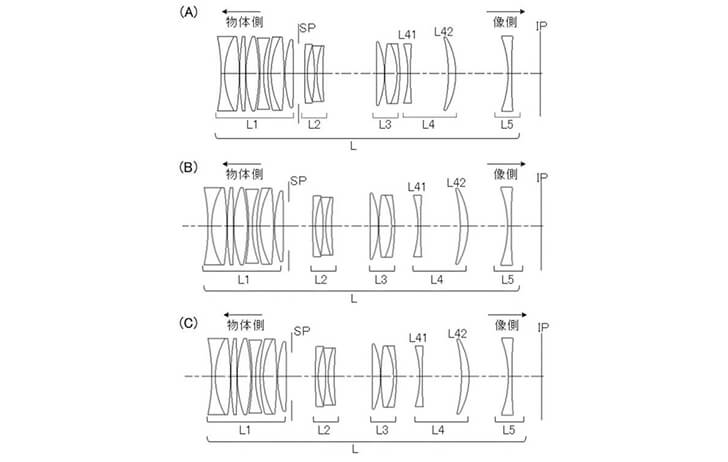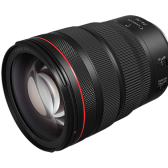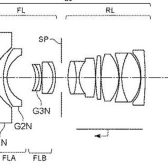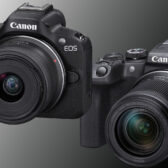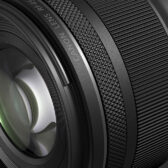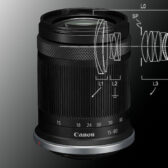|
When you purchase through links on our site, we may earn an affiliate commission. Here's how it works. |
Canon News has uncovered a patent for a Canon RF 100mm f/2.8L IS USM Macro 1:1.4x. A macro for the RF system is already long overdue and I expect that we'll see one announced some time this year.
The cool thing about this patent is that it has a 1:1.4x macro capability, unlike the current version which is 1:1.
Below are the two embodiments of the in Japan Patent Application 2021-047297. The second one is a bit confusing, as the aperture increases as the magnification increases, does this mean it's an f/1.4 optical design? Time will tell.
[wpdatatable id=27 table_view=regular]

